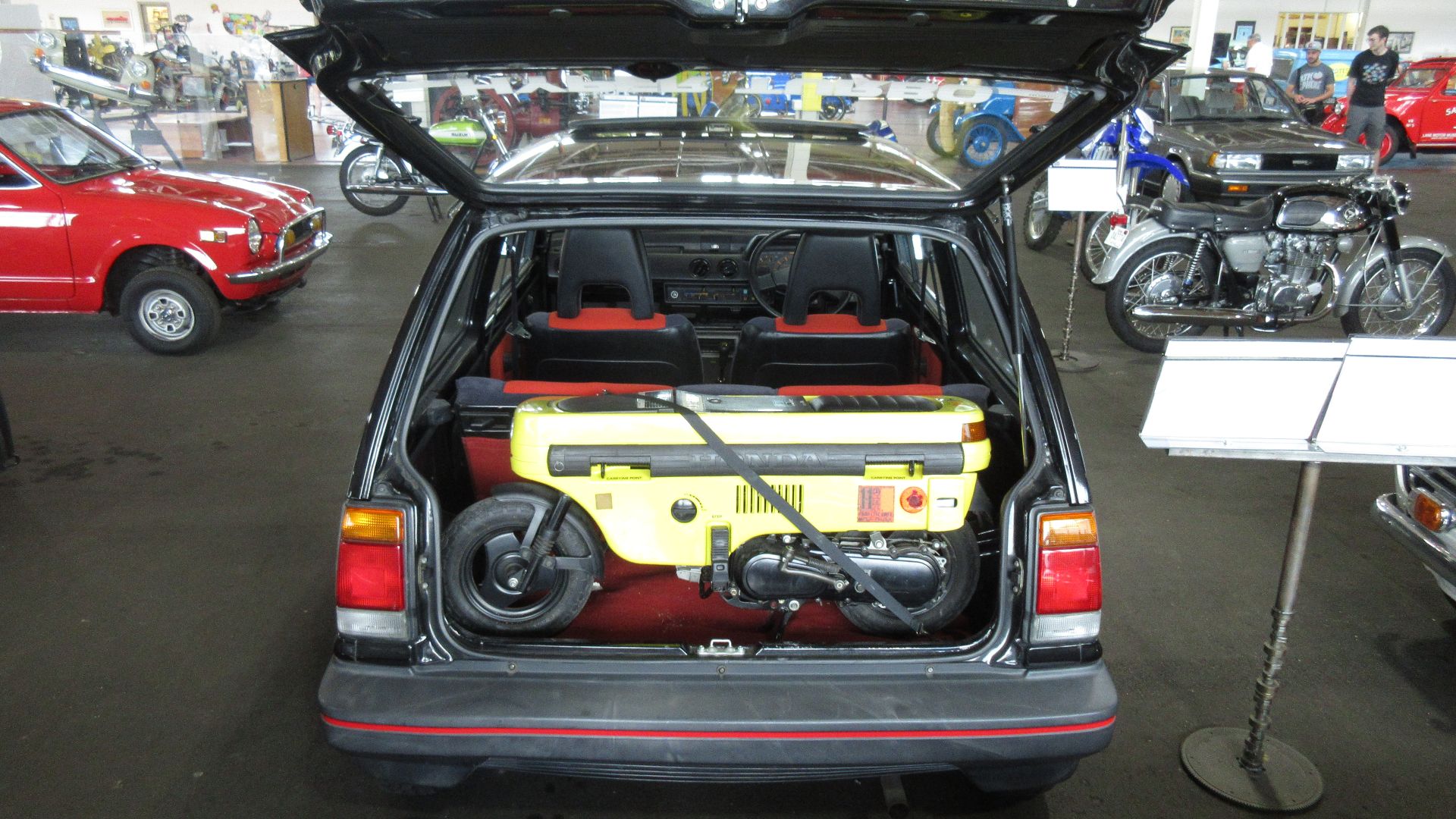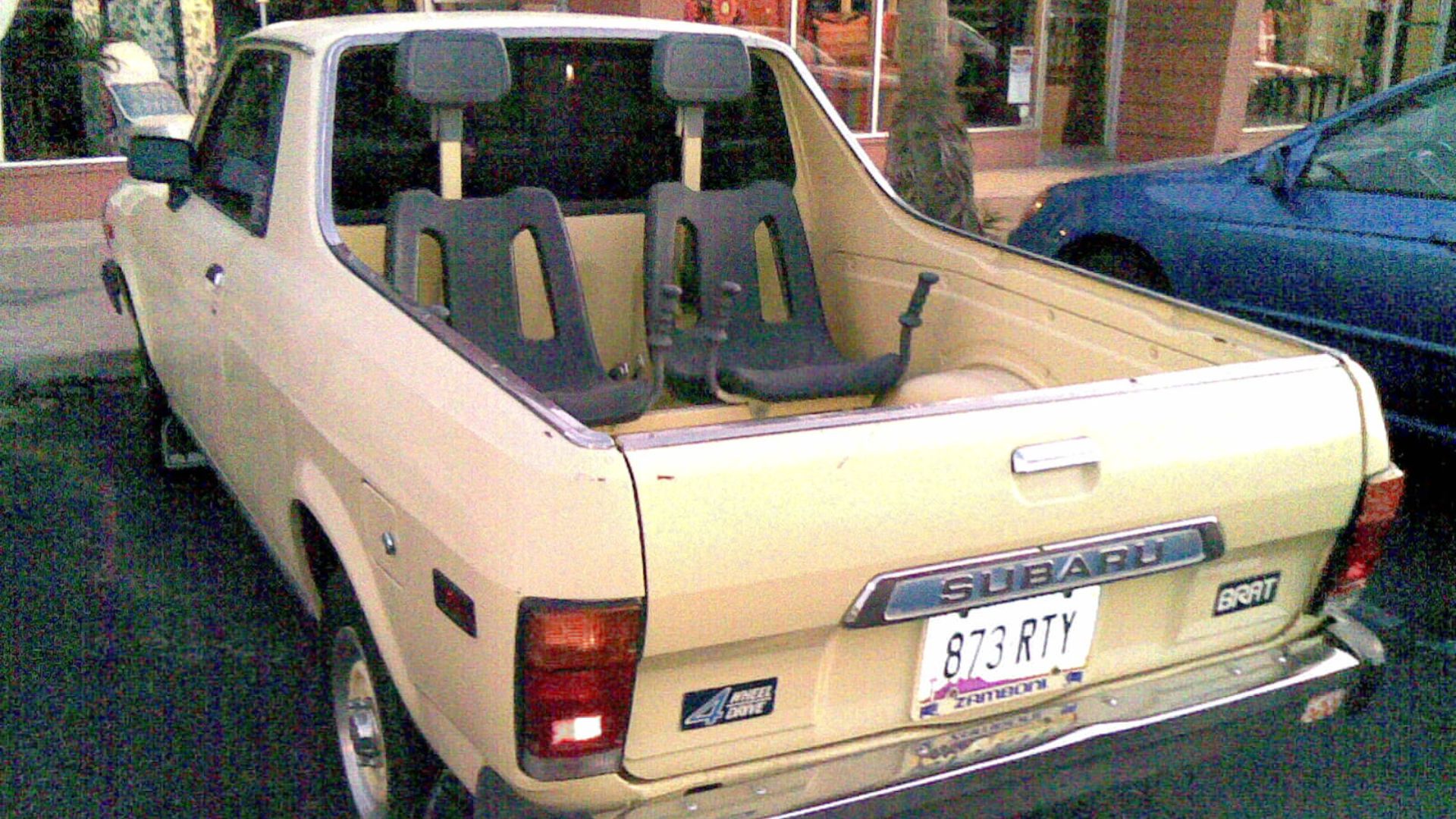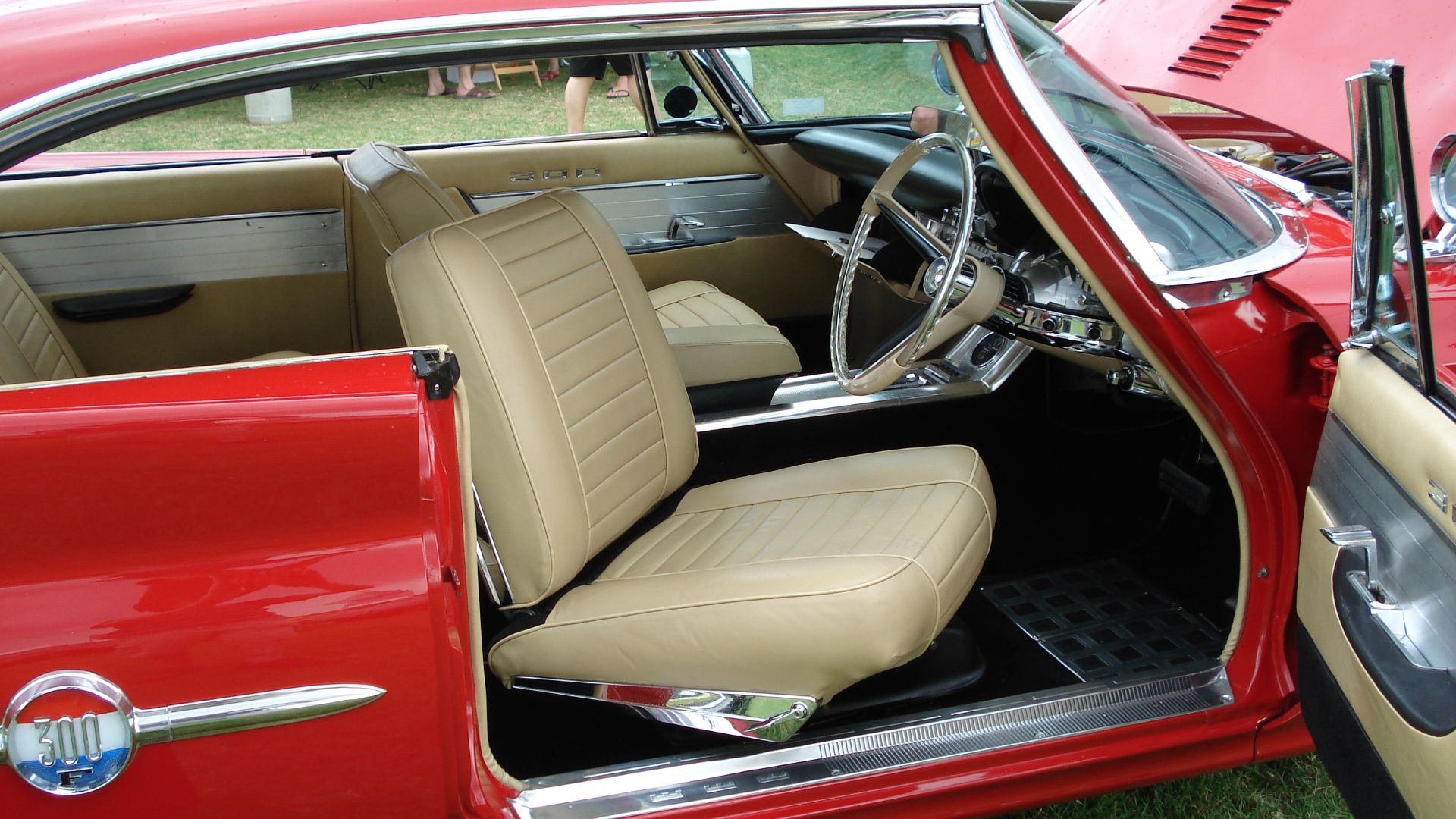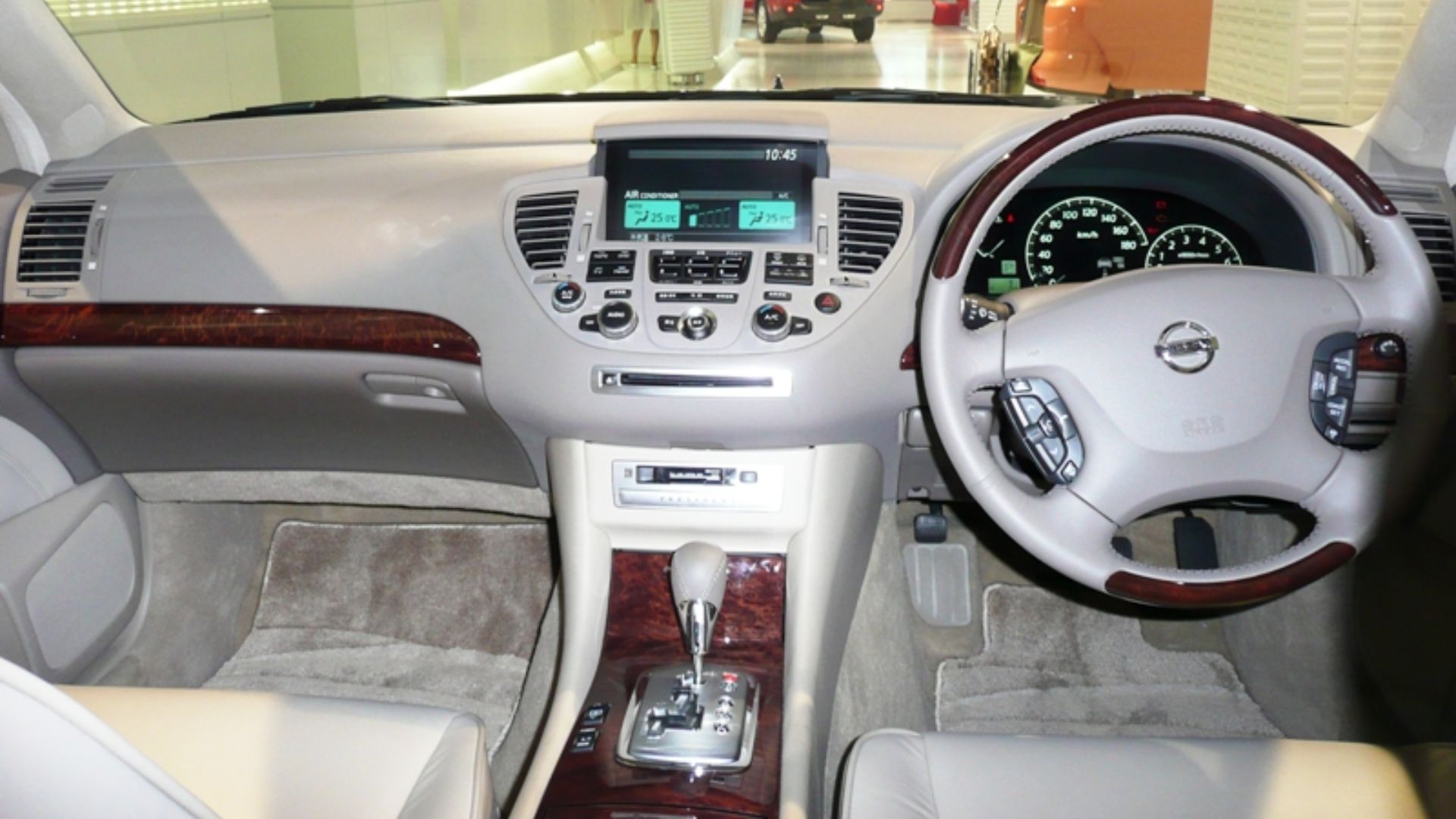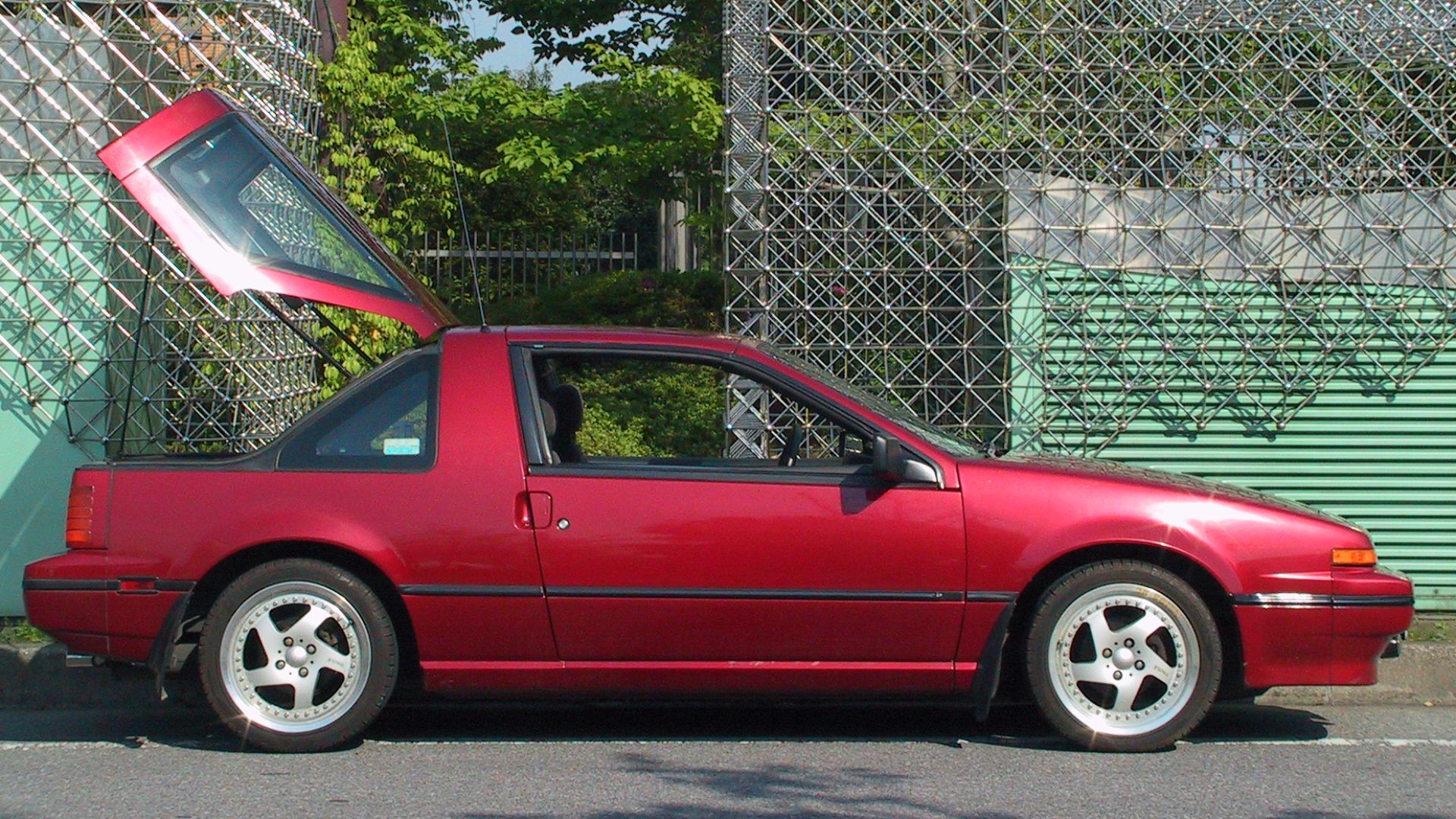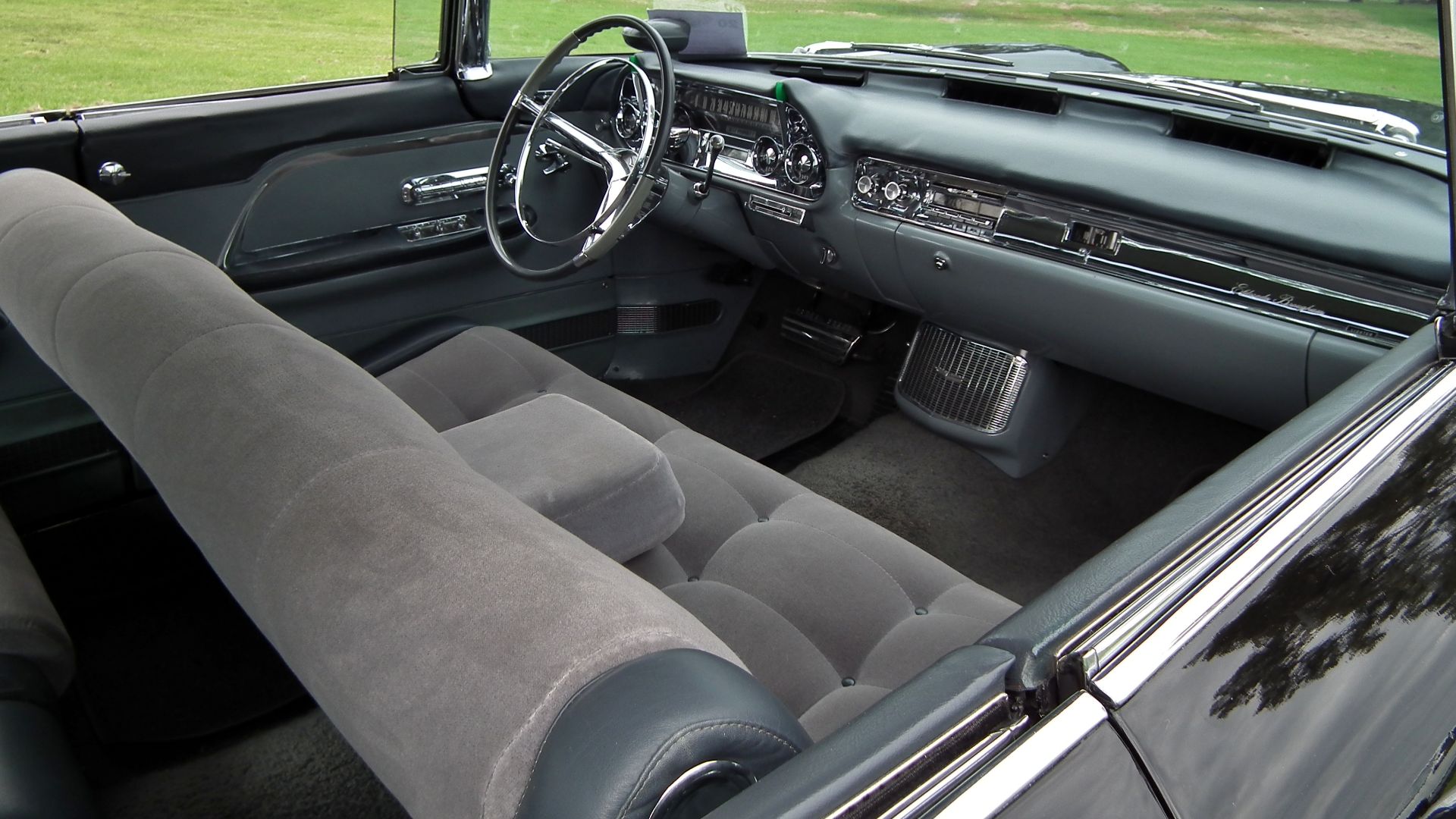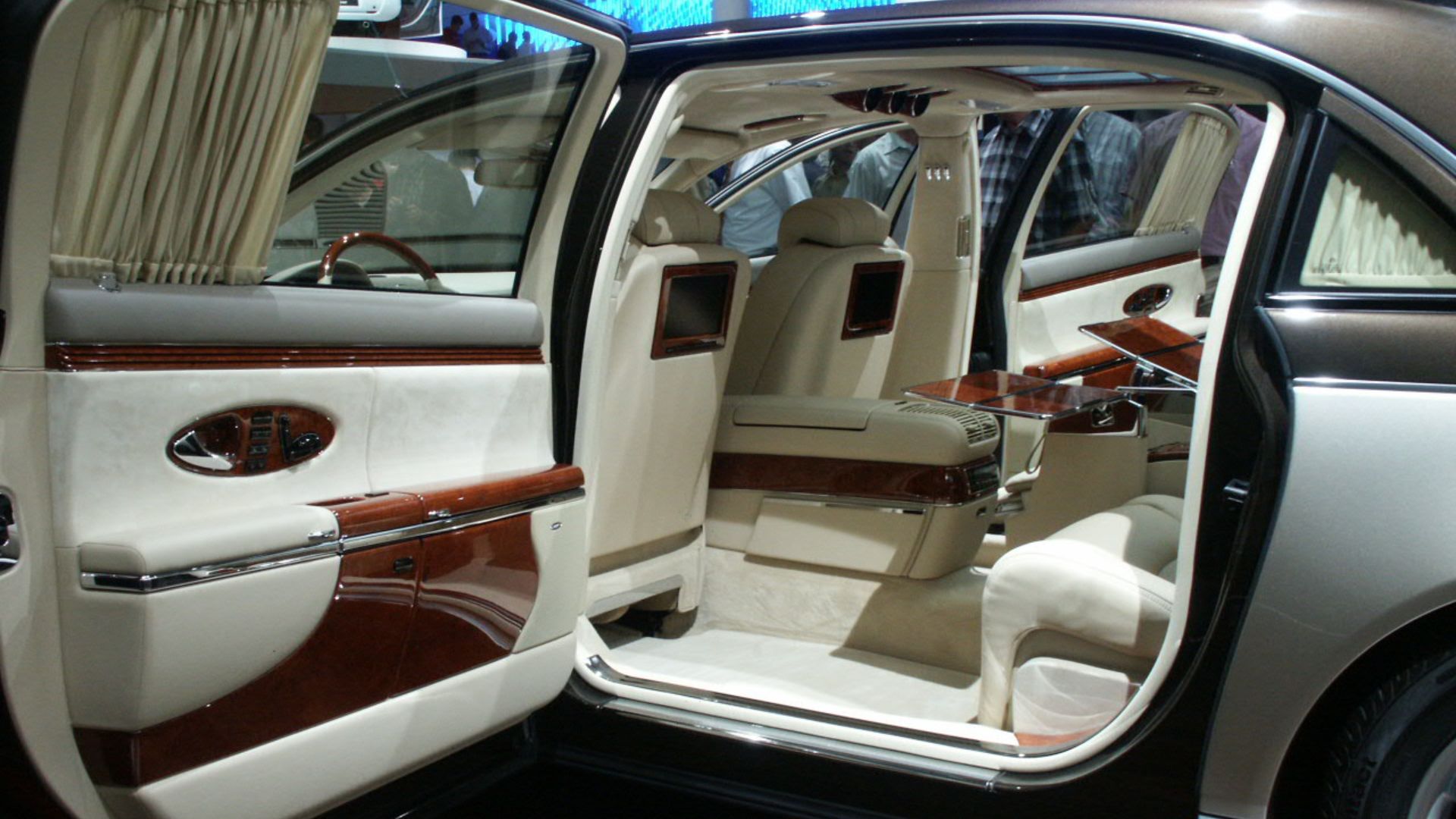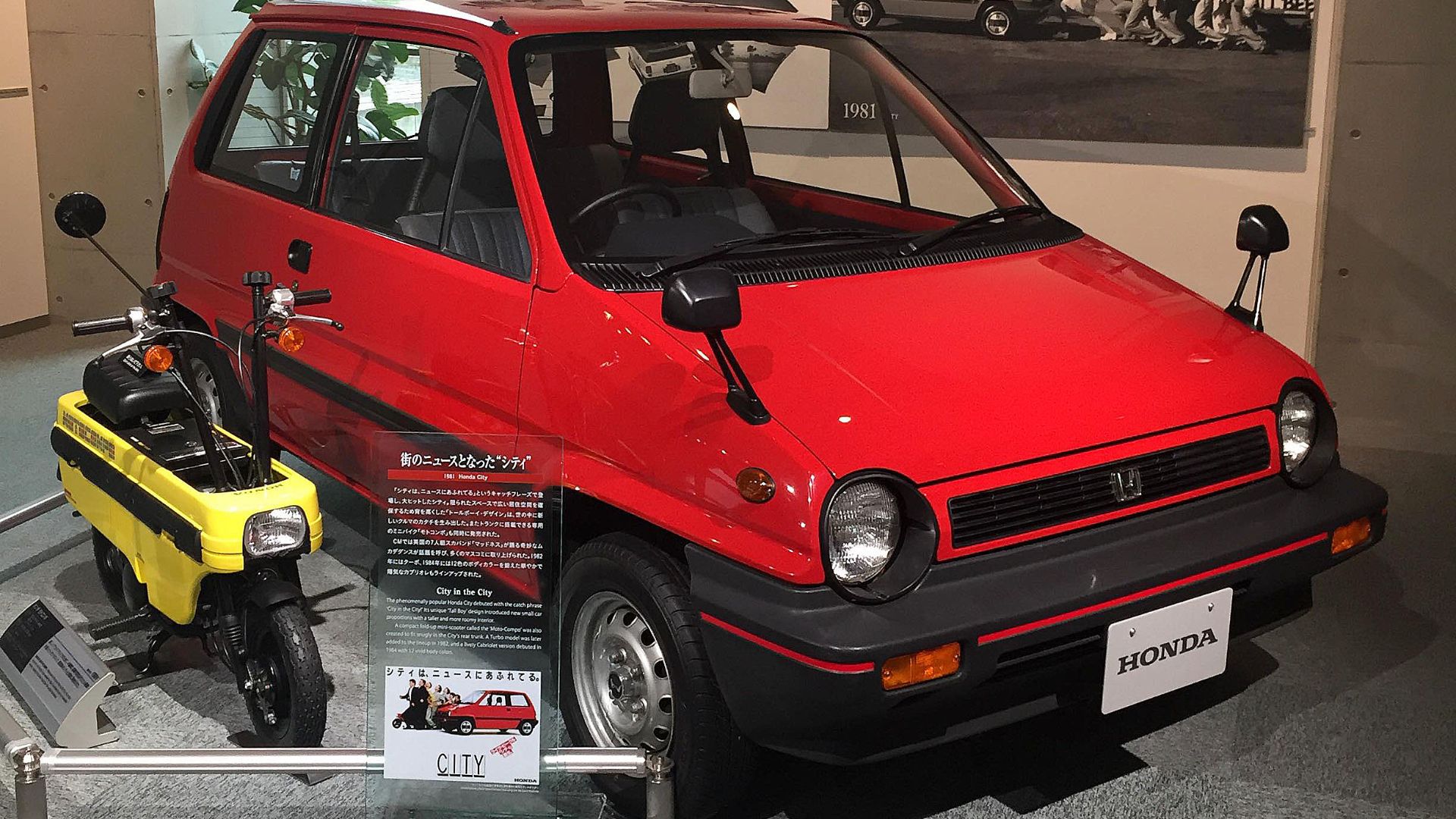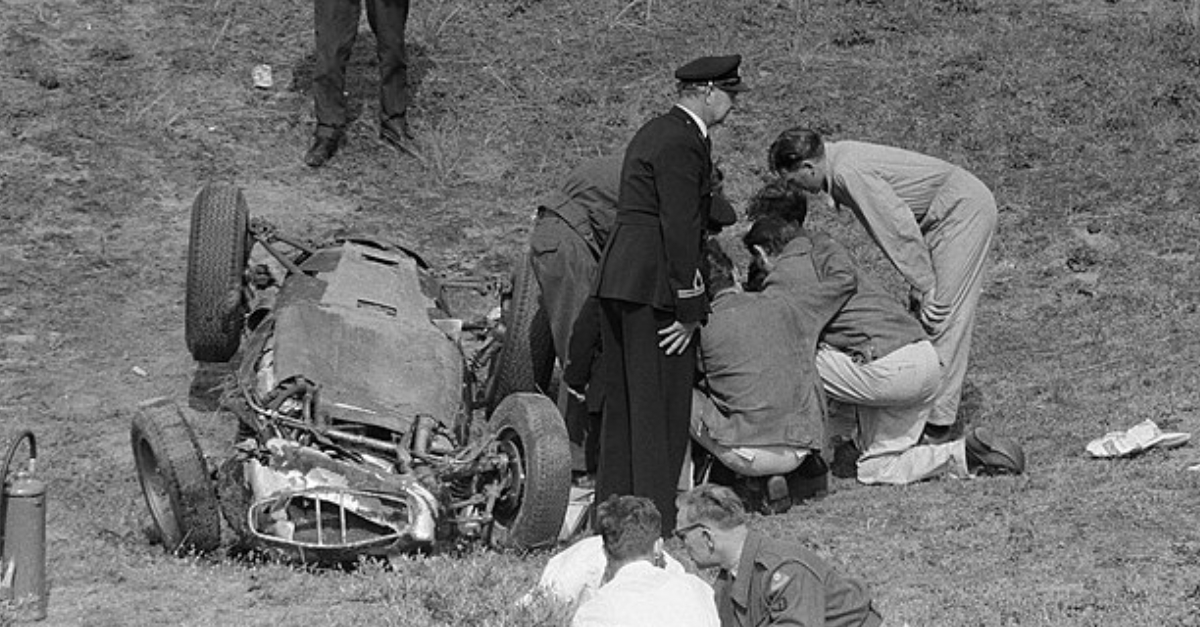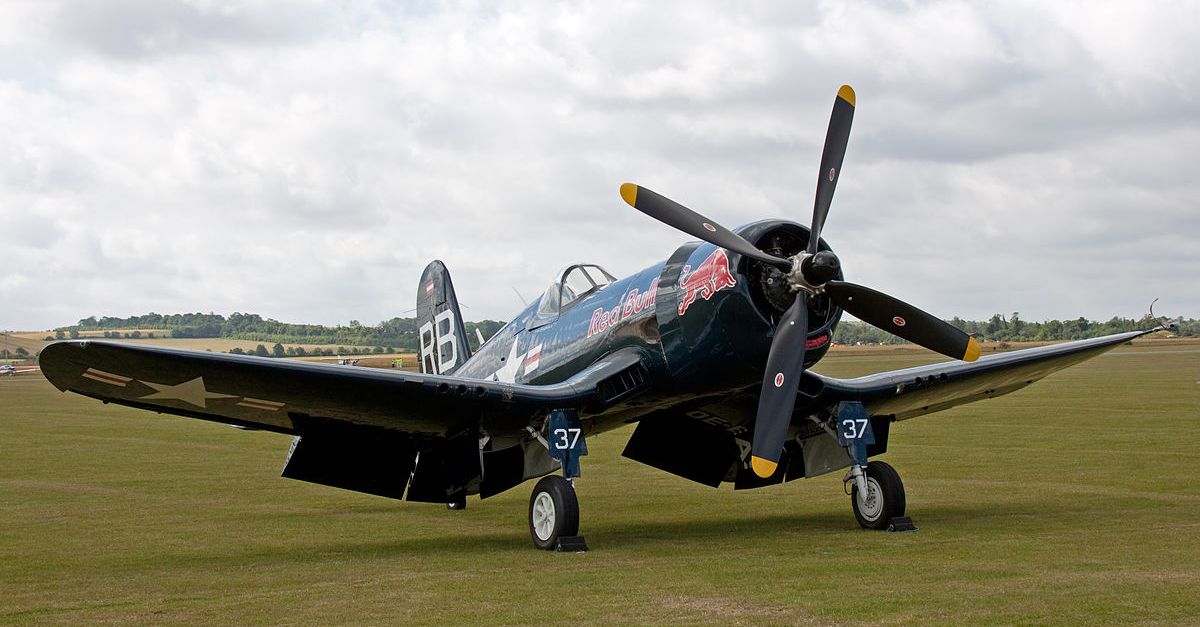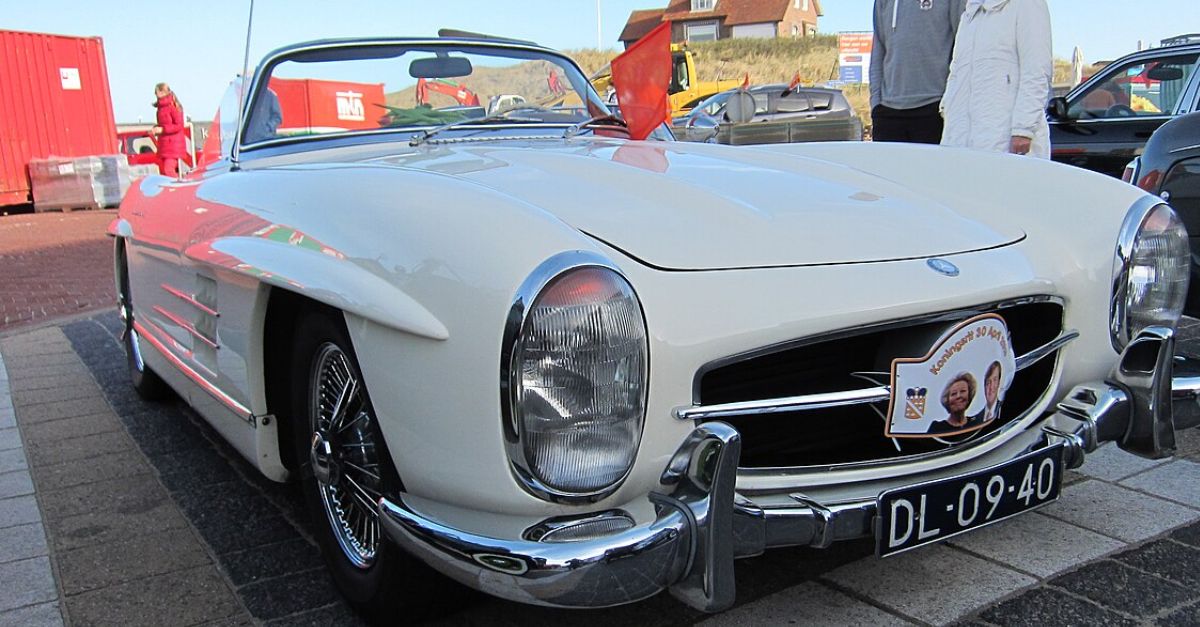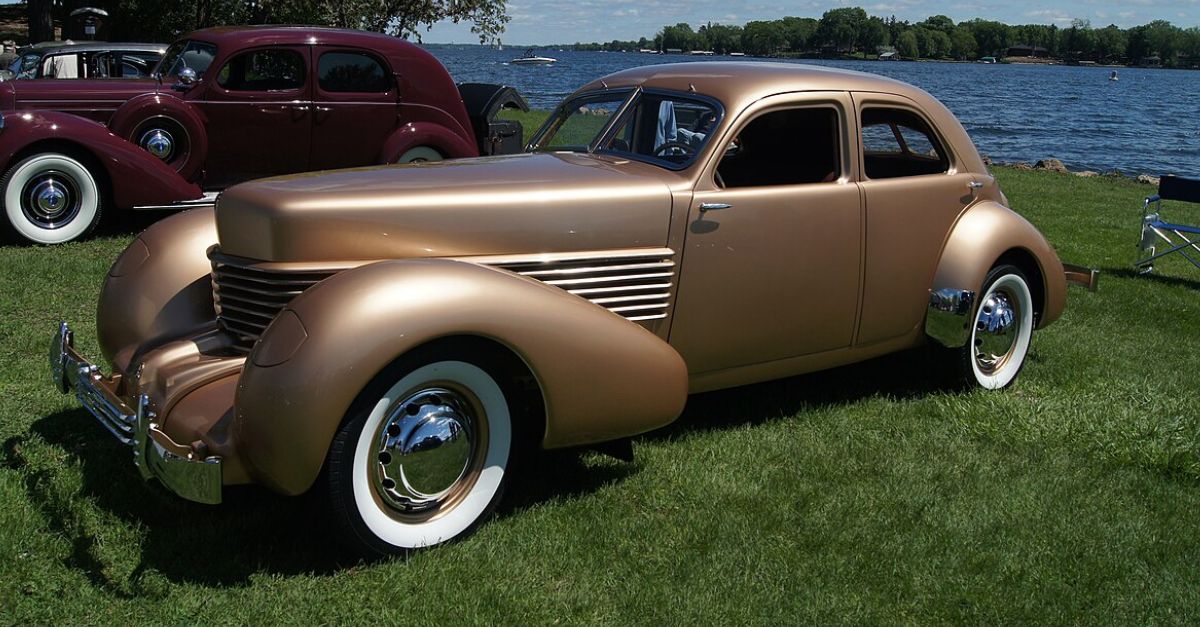Did Your Parents Or Grandparents Own Any Of These Eccentric Gadgets?
Automakers have always chased attention with gadgets that promise comfort, convenience, or conversation-starting novelty. From analog curios to pre-smartphone tech, these features often solved a narrow problem—or created one—before tastes, costs, and regulations moved on. Below are 25 of the weirdest in-car gizmos ever offered, why they existed, and why they faded away.
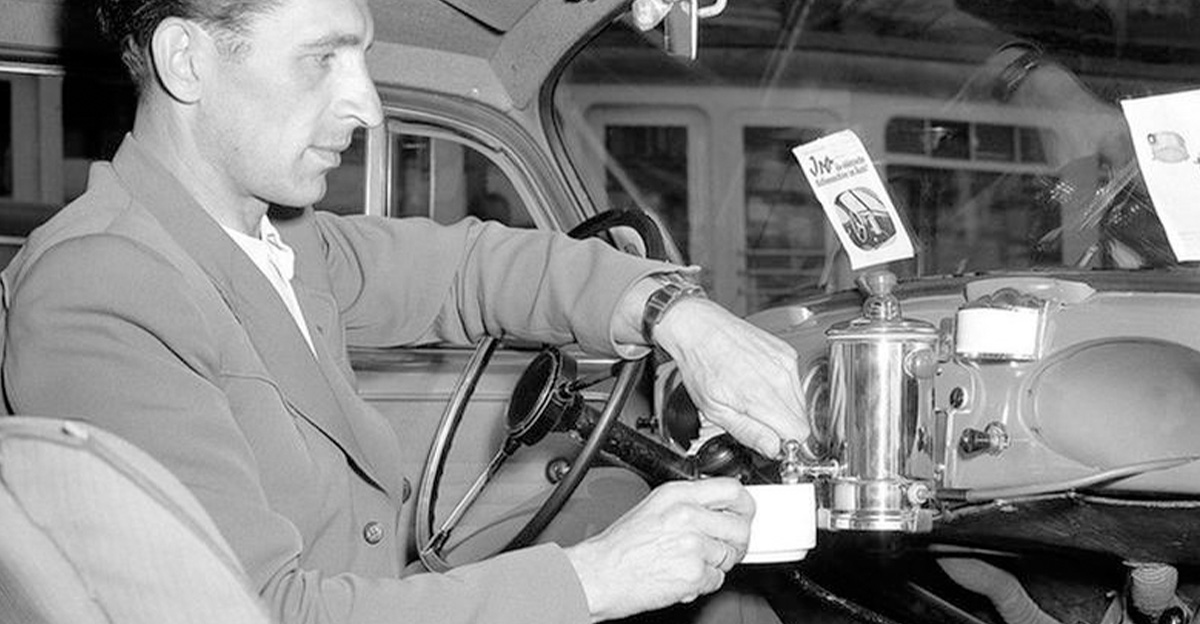
Chrysler’s Highway Hi-Fi Record Player
Offered on mid-1950s Chrysler products, the Highway Hi-Fi mounted a miniature turntable beneath the dash to play special 16⅔ rpm records. The idea: bring living-room entertainment to the Interstate. It faded fast because records skipped on bumps, the proprietary discs were expensive, and cheaper, more robust tape formats soon arrived.
 1956 Chrysler New Yorker St Regis Highway Hi-Fi Demonstration, Car Show Reporter
1956 Chrysler New Yorker St Regis Highway Hi-Fi Demonstration, Car Show Reporter
VW Beetle’s Dashboard Coffee Maker (Hertella)
A period accessory for the classic Volkswagen Beetle, the Hertella Auto-Kaffeemaschine suction-mounted to the dash and brewed espresso from 12-volt power. It existed because European drivers loved road coffee long before drive-throughs. It disappeared as safety concerns, hot-liquid hazards, and better rest-stop culture made on-dash brewing look, well, boiling-mad.
 1956 VW Beetle Stunning, Gustavo A. Rios
1956 VW Beetle Stunning, Gustavo A. Rios
Honda City’s Trunk-Sized Motocompo Scooter
Early-1980s Honda City hatchbacks could be optioned with a foldable Motocompo scooter designed to live in the cargo bay. It solved the “last-mile” urban commute before micro-mobility was cool. It faded as parking rules, emissions, and costs complicated the concept—and compact subways, bikes, and later e-scooters filled the same niche.
Subaru BRAT’s Bed-Mounted Jump Seats
To dodge U.S. “chicken tax” tariffs on pickups, the late-1970s Subaru BRAT added plastic, rear-facing seats in its cargo bed, reclassifying it as a passenger vehicle. The loophole worked, but the seats vanished as safety standards tightened, liability grew obvious, and crossover SUVs delivered car-like taxes without wind-in-your-hair exposure.
Pontiac Aztek’s Removable Cooler Console
The 2001–2005 Pontiac Aztek had an optional center console that doubled as a portable cooler—tailgating in a handle. It existed to sell the Aztek’s outdoorsy lifestyle. It disappeared with the model itself, and because buyers realized a thirty-dollar standalone cooler did the job without redesigning their cabin around it.
 I Now Own a Pontiac Aztek Cooler. It’s the Best Purchase I’ve Ever Made., jacobfuckingjones
I Now Own a Pontiac Aztek Cooler. It’s the Best Purchase I’ve Ever Made., jacobfuckingjones
“Talking Car” Voice Warnings (1980s Nissan/Toyota/Renault)
From the Nissan Maxima to Toyota Cressida and Renault 25, synthetic voices announced doors ajar and lights left on. It promised futuristic clarity versus cryptic chimes. It faded when constant nagging annoyed drivers, icons and clusters improved, and the novelty wore off—relegating voice prompts to navigation and assistants instead.
 Early 1980s Datsun/Nissan Voice Alert phonograph unit, murileemartin
Early 1980s Datsun/Nissan Voice Alert phonograph unit, murileemartin
Edsel’s Teletouch Steering-Wheel Transmission Buttons
The 1958 Edsel moved gear selection to buttons in the steering-wheel hub. It aimed to declutter the dash and feel space-age. It faded due to reliability woes, cost, and driver confusion—plus the Edsel’s broader market failure—returning the industry to familiar PRNDL stalks and later electronic shifters with better ergonomics.
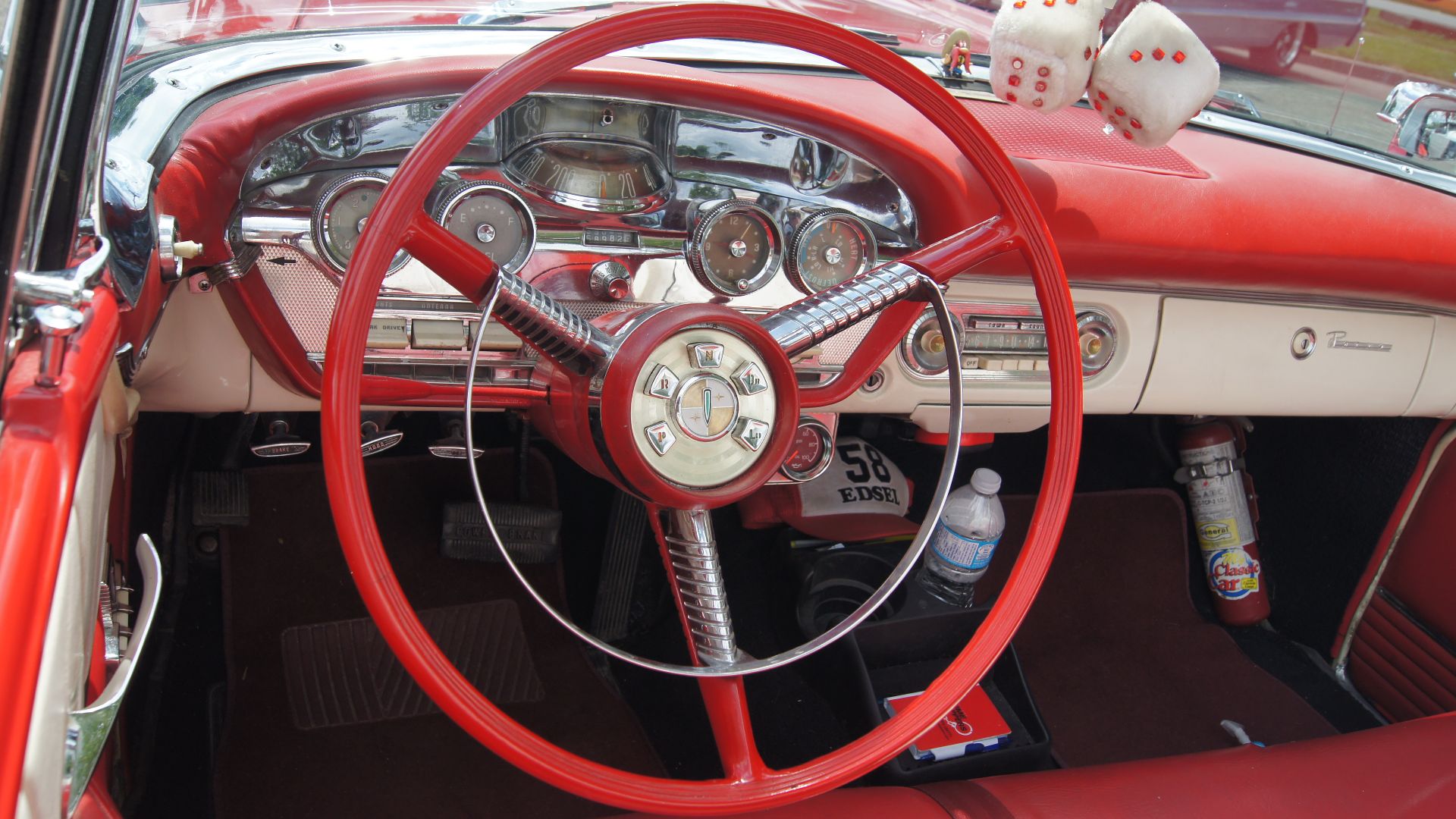 Greg Gjerdingen from Willmar, USA, Wikimedia Commons
Greg Gjerdingen from Willmar, USA, Wikimedia Commons
Swivel Front Seats (Chrysler Cordoba, Dodge Charger SE)
Mid-1970s Mopars offered swivel bucket seats that rotated outward to ease entry in long-door coupes. It solved big-car ingress without redesigning door apertures. The idea faded as coupes died out, mechanisms added weight and cost, and rising safety/airbag integration made rotating bases more trouble than the slight convenience.
In-Car Fax/Phone Suites (Toyota Crown, Nissan President)
1990s Japanese luxury sedans could be spec’d with built-in fax machines, corded phones, and even small printers. They existed to turn the rear seat into an executive office. They vanished when mobile phones, data, and later smartphones made hard-wired telecom obsolete—and when dashboards stopped wanting to be Kinko’s.
Cadillac DeVille Night Vision (2000)
Cadillac’s early-2000s infrared night vision projected heat-based imagery onto the windshield to reveal animals or pedestrians. It addressed rural and low-light safety before LED matrix headlights and better sensors. It faded for cost, mixed real-world benefit, and the rise of cheaper camera-based aids; a few luxury brands later revived improved versions.
 Night vision 2002 Cadillac system, arolacemusic
Night vision 2002 Cadillac system, arolacemusic
Honda CR-V’s Fold-Out Picnic Table
First-gen Honda CR-V hid a removable picnic table under the cargo floor—a literal lunch plan B. It existed to underline the “recreational vehicle” promise for families and campers. It disappeared as packaging priorities shifted to spare tires, batteries, and subwoofers—and because most owners used parks’ tables instead.
 2001 Honda CRV Picnic Table, Auto Ad Builder
2001 Honda CRV Picnic Table, Auto Ad Builder
Nissan Cube’s Shag-Carpet Dash Topper
The Cube’s accessory catalog offered a fuzzy “shag” dash mat to match its loungey, asymmetrical vibe. It existed purely for whimsy and youth-market personality. It faded with the model’s retirement and with interior-reflection concerns, cleaning hassles, and tastes moving from ironic retro to minimalist, screen-dominated cabins.
 Instant Impression - Nissan Cube Krom Interior, Autoline Network
Instant Impression - Nissan Cube Krom Interior, Autoline Network
Citroën C4’s Fragrance Cartridges
The mid-2000s Citroën C4 could diffuse replaceable perfume cartridges through the vents. The goal: boutique ambiance and a premium feel at compact-car prices. It waned as most buyers balked at refills, residual scents complicated resale, and modern climate systems focused on filtration and ionization rather than perfumery theatrics.
 How can it use? Citroen air freshener. C4 Picasso, Grand #car #tech, BPTech
How can it use? Citroen air freshener. C4 Picasso, Grand #car #tech, BPTech
Illuminated Parking Poles (Toyota Crown, Mark II, Cedric/Gloria)
A slim, lighted rod on the front corner helped drivers judge the car’s nose in tight Japanese streets. It solved visibility in an era before cameras. It faded when ultrasonic sensors, 360-degree cameras, and parking lines arrived—and when global designs smoothed away proud corners that once needed a guide.
 Installing an OEM JDM Parking Pole on my 1994 Toyota Pickup, Skookum Scrigr
Installing an OEM JDM Parking Pole on my 1994 Toyota Pickup, Skookum Scrigr
Toyota Soarer’s CRT Touchscreen (1989)
The Z20/Z30 Soarer offered an early cathode-ray-tube touch interface for climate, audio, and navigation. It existed as peak techno-luxury before LCDs. It faded because CRTs were heavy, fragile, and aged poorly; later systems standardized on lighter, brighter displays with physical redundancy after owners discovered “all-on-a-screen” has limits.
 1988 Toyota Soarer MZ21 3.0 GT Limited Retro Interior Radness, KakerMix
1988 Toyota Soarer MZ21 3.0 GT Limited Retro Interior Radness, KakerMix
Eunos Cosmo’s TV/GPS Phone Stack
Mazda’s early-1990s Eunos Cosmo (twin-rotor or rare triple-rotor) bundled TV reception, GPS mapping, and an integrated telephone. It promised rolling executive tech. It faded as broadcasting rules limited video-in-motion, phone standards evolved, and nav went portable—leaving the Cosmo a glorious, orphaned snapshot of gadget maximalism.
 1990 Mazda Eunos Cosmo: The World's First Car with Built-in GPS Navigation, Remarkable Cars SL
1990 Mazda Eunos Cosmo: The World's First Car with Built-in GPS Navigation, Remarkable Cars SL
Thermador “Swamp Cooler” Window Canisters
Before widespread factory A/C, 1950s cars—popularly VWs—could mount an evaporative cooler on the window, ramming air through wet pads to chill the cabin. It addressed cheap cooling in dry climates. It disappeared once compact, refrigerant-based air conditioning became affordable and, unlike swamp coolers, worked everywhere without dripping.
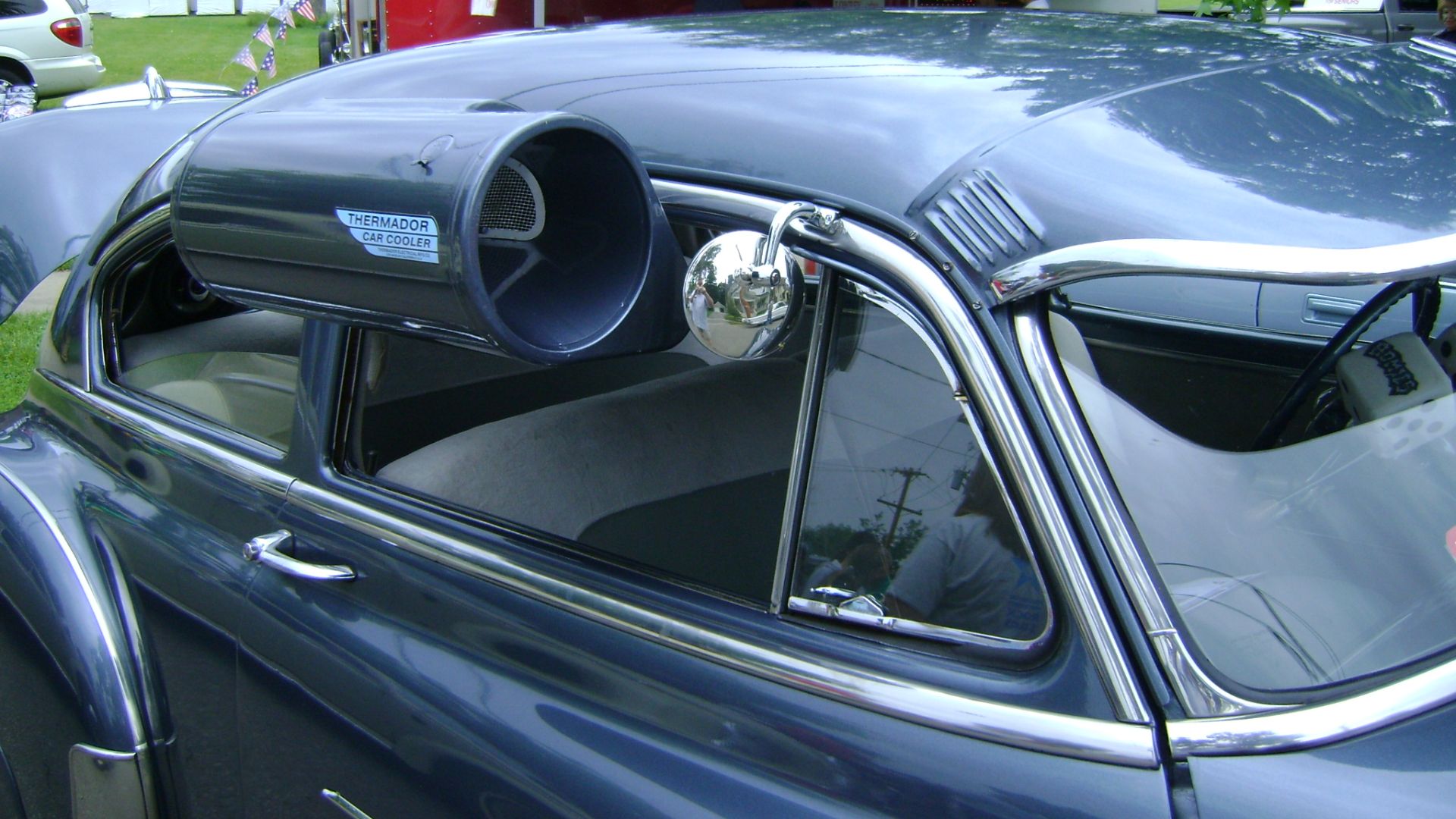 Doug Coldwell, Wikimedia Commons
Doug Coldwell, Wikimedia Commons
Škoda Superb’s Twindoor Trunk-Or-Hatch
The first-gen modern Superb offered a trunk lid that opened as a normal sedan or as a full hatch via a hidden latch—two cars in one. It existed to blend elegance with practicality. It faded as later Superbs adopted a straightforward liftback, simplifying hardware and production while keeping the cargo-friendly opening.
VW New Beetle’s Dashboard Flower Vase
The 1998 New Beetle revived a tiny bud vase as a whimsical nod to 1960s culture. It existed purely for charm and personalization. It faded as the model’s redesign shifted to a sportier image, safety regs tightened around hard objects on dashboards, and buyers prioritized smartphone mounts over daisies.
 VW New Beetle Dash Mounted Vase and Plush Daisy, Zuntic
VW New Beetle Dash Mounted Vase and Plush Daisy, Zuntic
Pajero/Montero/4Runner Dash Inclinometer Pods
Many 1980s–1990s off-roaders featured dashboard pods showing pitch, roll, compass, and altimeter. They answered genuine trail-driving questions before widespread GPS and level sensors. They dwindled as electronic stability aids, camera views, and phone apps provided more accurate data—and as most SUVs lived on pavement, not peaks.
 Instrument cluster mod - Turbo gauge, Pajero inclinometer, Additional Losses
Instrument cluster mod - Turbo gauge, Pajero inclinometer, Additional Losses
Nissan Pulsar/EXA’s Interchangeable Rear Modules
The 1980s Pulsar/EXA let buyers swap rear sections—from notchback to wagon-ish canopy—creating multiple silhouettes. It promised one car, many lives. It faded because the panels were pricey, added weight and noise, and most owners never swapped after week one; modular fantasies met everyday laziness and budgets.
Cadillac/Oldsmobile “Liquid Tire Chain”
Late-1960s GM offered a trunk-mounted aerosol sprayer that coated rear tires with a gritty compound for instant traction. It existed as a push-button snow hack before widespread winter tires and traction control. It vanished over mess, limited effectiveness, environmental concerns, and better solutions like proper rubber and ABS-based aids.
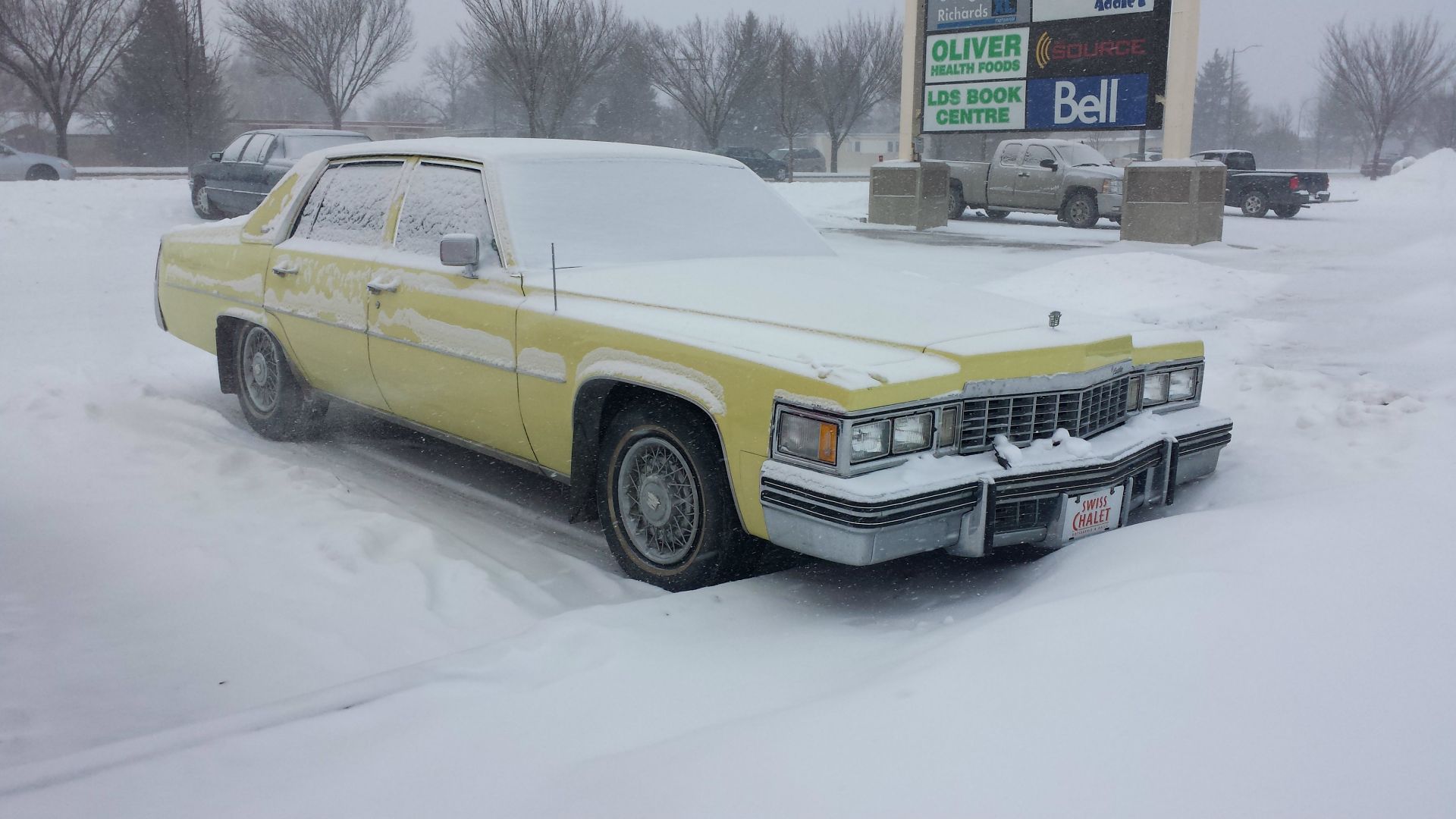 dave_7 from Lethbridge, Canada, Wikimedia Commons
dave_7 from Lethbridge, Canada, Wikimedia Commons
1957 Cadillac Eldorado Brougham Vanity Set
Cadillac’s ultra-lux Eldorado Brougham included a glovebox vanity kit: perfume, compact, cigarette case—even magnetized shot glasses for parked parties. It sold glamor and completeness. It faded as drink-driving norms, liability, and changing etiquette collided with cost, and as luxury redefined itself around tech and craftsmanship, not cocktail kits.
Saab’s Night Panel Instrument Blackout
Saab’s 9-3/9-5 “Night Panel” extinguished nonessential gauges for nighttime focus, leaving only the speedometer lit. Born from aviation thinking, it targeted fatigue and glare. It faded when configurable digital clusters let everyone cherry-pick displays, and when Saab’s demise ended the brand’s unique, stubbornly rational approach to cabin ergonomics.
 Ballista at English Wikipedia, Wikimedia Commons
Ballista at English Wikipedia, Wikimedia Commons
Maybach 62’s Silver Flutes And Fridge
The 2000s Maybach 62 could be delivered with bespoke champagne flutes and a chilled compartment between the rear seats. It existed to embody chauffeur-class decadence. It faded when Maybach paused as a standalone marque and when modern buyers leaned toward subtler, tech-heavy luxury over conspicuous party tricks.
Cadillac/GM “Autronic Eye” Auto-Dimming Headlights
An early phototube atop the dash sensed oncoming lights and dipped the high beams automatically in the 1950s–60s. It promised civility with less driver workload. It waned amid reliability complaints and cost, returning decades later as far more precise camera-based high-beam assist—proof that not every weird idea is wrong forever.
 1967 1968 CADILLAC LIGHTSWITCH AUTO-DIMMING SENTINEL SYSTEM VIDEO2, KYPITSN Eldorado George
1967 1968 CADILLAC LIGHTSWITCH AUTO-DIMMING SENTINEL SYSTEM VIDEO2, KYPITSN Eldorado George
Charm, Chutzpah, And The March Of Progress
Weird in-car gizmos usually spring from a real need—or a marketing need—then disappear when simpler tech, better design, or new rules make them feel fussy. They’re time capsules that reveal what drivers craved (or brands hoped we’d crave). Today’s gimmick can be tomorrow’s standard—or a glorious footnote with a great story.
You May Also Like:
You Aren't Allowed To Drive These Cars In America (But You Can In The Rest Of The World)
Brand New Station Wagons You Can Still Buy In 2025
Reliable SUVs That Can Last 300,000 Miles, According To Mechanics


